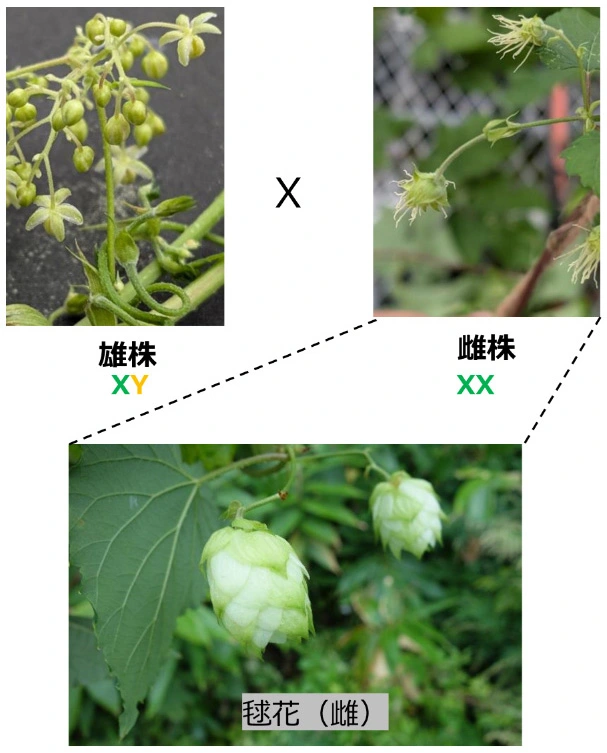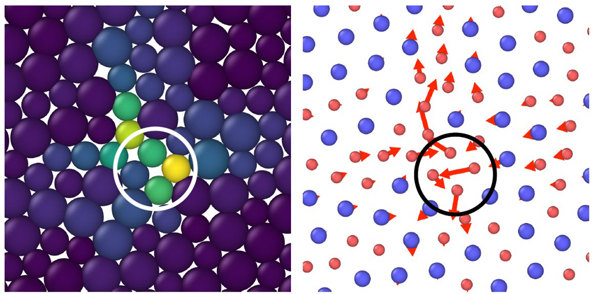2025-06-19 東京科学大学

図1. 野生ホップのカラハナソウ(雌雄異株)
<関連情報>
- https://www.isct.ac.jp/ja/news/18ri8fjm6lh8
- https://www.isct.ac.jp/plugins/cms/component_download_file.php?type=2&pageId=&contentsId=1&contentsDataId=1665&prevId=&key=a1d486dfcf7a3096791e8fcfa480fd4c.pdf
- https://www.nature.com/articles/s41477-025-02017-6
ホップにおけるX-Aバランス性決定システムの進化と機能 Evolution and functioning of an X–A balance sex-determining system in hops
Takashi Akagi,Tenta Segawa,Rika Uchida,Hiroyuki Tanaka,Kenta Shirasawa,Noriko Yamagishi,Hajime Yaegashi,Satoshi Natsume,Hiroki Takagi,Akira Abe,Miki Okuno,Atsushi Toyoda,Kyoko Sato,Yuka Honniden,Cheng Zhang,Koichiro Ushijima,Josef Patzak,Lucie Horáková,Václav Bačovský,Roman Hobza,Deborah Charlesworth,Takehiko Itoh & Eiichiro Ono
Nature Plants Published:18 June 2025
DOI:https://doi.org/10.1038/s41477-025-02017-6
Abstract
Chromosomal sex-determining systems with male heterogamety include actively male-determining-Y and X–A balance systems, both of which are found in animals and plants. The sex-determining genes have been identified in several active-Y plant systems, but the evolution and functioning of X–A balance systems remains mysterious. Here we sequenced and compared the genomes of two hop species. The evolution of the hop X–A balance system involved an ancient recombination suppression event across a large X chromosome region shared by both species. In one species, an autosome fused to this ancestral sex chromosome, and recombination was subsequently suppressed again. The two evolutionary strata created in this neo-X have degenerated to different degrees and evolved correspondingly different dosage compensation levels that correlate with histone modification patterns. Finally, we identified an X-specific ETR1-like ethylene receptor in the ancestral X region. Its dosage may affect sex determination, as part of the counting mechanism of this X–A balance system.



